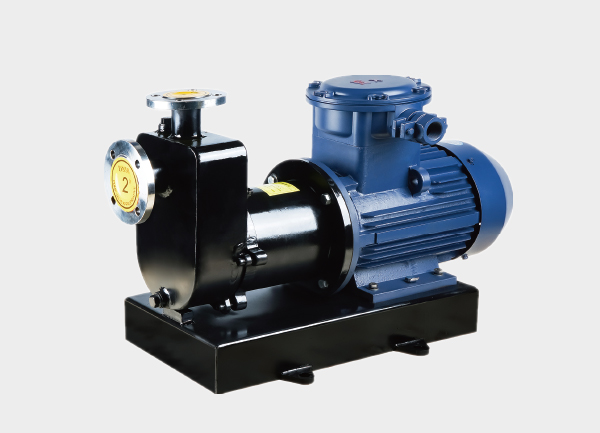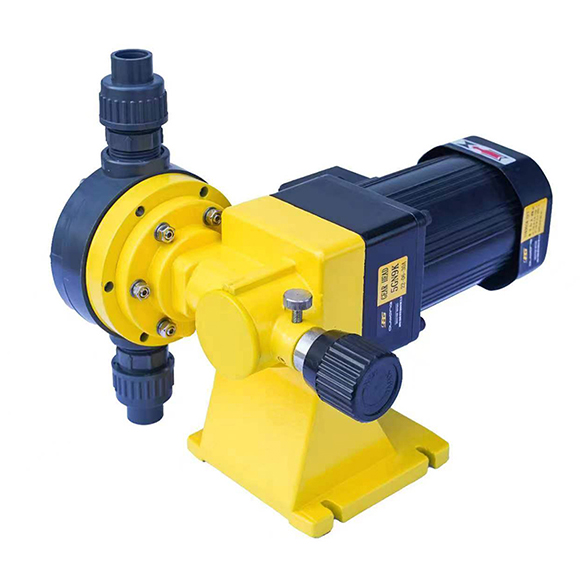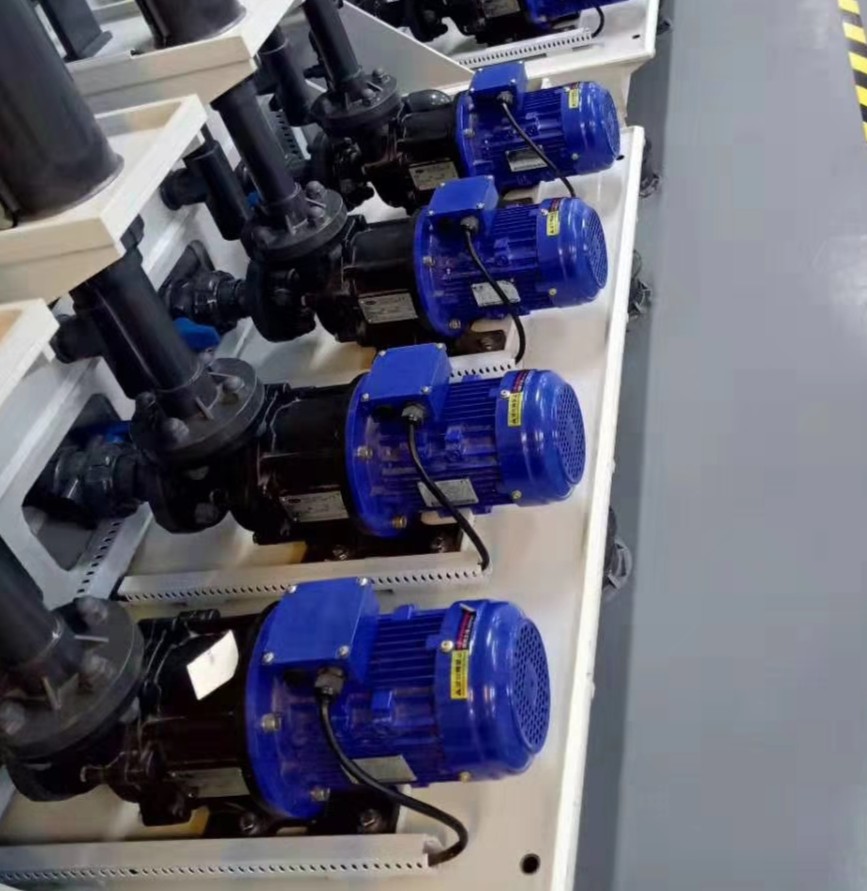When choosing between a self-priming pump and a submersible pump, understanding their differences in installation, working principle, performance, and applications is essential. Though both are used for transferring liquids, they operate in completely different ways and are suited to different conditions.

1. Definition Overview
| Pump Type | Definition |
|---|---|
| Self-Priming Pump | A type of centrifugal pump capable of automatically expelling air from the suction line and priming itself when starting. Installed above the liquid surface, it relies on a small amount of retained liquid inside the casing to create suction. |
| Submersible Pump | A pump designed to operate fully submerged in the liquid being pumped. Both the motor and pump body are immersed, directly pushing liquid upward without the need for priming or suction. |
2. Working Principle and Structure
🌀 Self-Priming Pump Working Principle
A self-priming pump has a casing, impeller, non-return valve, liquid reservoir, suction pipe, and discharge outlet.
When the pump starts, the retained liquid in the casing mixes with the air in the suction line. The rotating impeller drives this air-liquid mixture into a separation chamber where air is expelled, and liquid returns to the impeller inlet. This process creates a vacuum in the suction line, drawing liquid into the pump automatically.
⚙️ Key Point: The pump must retain liquid in the casing before operation; suction lift is typically limited to 8 meters.
💧 Submersible Pump Working Principle
A submersible pump includes a sealed motor, impeller, pump casing, mechanical seal, and waterproof cable.
Because the entire unit is submerged, the impeller directly pushes liquid through the outlet pipe without requiring air removal or priming.
⚙️ Key Point: No suction limit, since the pump operates underwater and is always primed.
3. Installation Method and Environment Comparison
| Feature | Self-Priming Pump | Submersible Pump |
|---|---|---|
| Installation Position | Above the liquid surface | Fully submerged in liquid |
| Suction Mode | Draws water through suction pipe | Pump body sits directly in water |
| Need for Priming | Initial filling required, then automatic | No priming needed |
| Installation Requirements | Must consider suction lift and airtightness | Simple setup, no suction constraint |
| Maintenance | Easy — pump remains on ground | Requires lifting from liquid for repair |
4. Performance and Operating Conditions
| Feature | Self-Priming Pump | Submersible Pump |
|---|---|---|
| Suitable Liquids | Clean water, light sewage, or chemical liquids | Clean water, sewage, sludge |
| Head Range | Usually ≤ 60 meters | Can exceed 100 meters |
| Flow Capacity | Medium | Medium to large |
| Suction Lift | Limited (≤ 8 meters) | No suction limit |
| Noise Level | Relatively high | Very low (submerged operation) |
| Cooling Method | Air or circulating liquid | Liquid cooling |
| Safety | Motor is dry and safe | Requires waterproof motor protection |
5. Advantages and Disadvantages
| Pump Type | Advantages | Disadvantages |
|---|---|---|
| Self-Priming Pump | – Easy to install and maintain – Quick startup and automatic air removal – Motor isolated from liquid, safer | – Limited suction lift – Must retain liquid before use – Higher noise level – Not suitable for deep wells |
| Submersible Pump | – No priming required – Compact and quiet – Ideal for deep water and confined spaces | – Harder to repair – Strict waterproofing needed – Long-term immersion may cause motor aging |
6. Typical Applications
| Application | Recommended Pump | Explanation |
|---|---|---|
| Municipal drainage & wastewater treatment | Submersible Pump | Works efficiently in sewage pits or sumps |
| Industrial circulating water systems | Self-Priming Pump | Stable pipeline system, easy maintenance |
| Chemical process & corrosive fluids | Self-Priming Magnetic or Fluoroplastic Pump | Excellent corrosion resistance |
| Agricultural irrigation & deep wells | Submersible Pump | Large flow rate and high lifting head |
| Emergency flood drainage & mobile units | Self-Priming Diesel Pump | Portable and fast-starting design |
7. Selection Guide
✅ For deep water sources or limited space, choose a Submersible Pump
✅ For surface installations requiring easy maintenance, choose a Self-Priming Pump
✅ For corrosive liquids, choose a Self-Priming Magnetic or Fluoroplastic Pump
✅ For dirty or sewage water, choose a Submersible Sewage Pump







